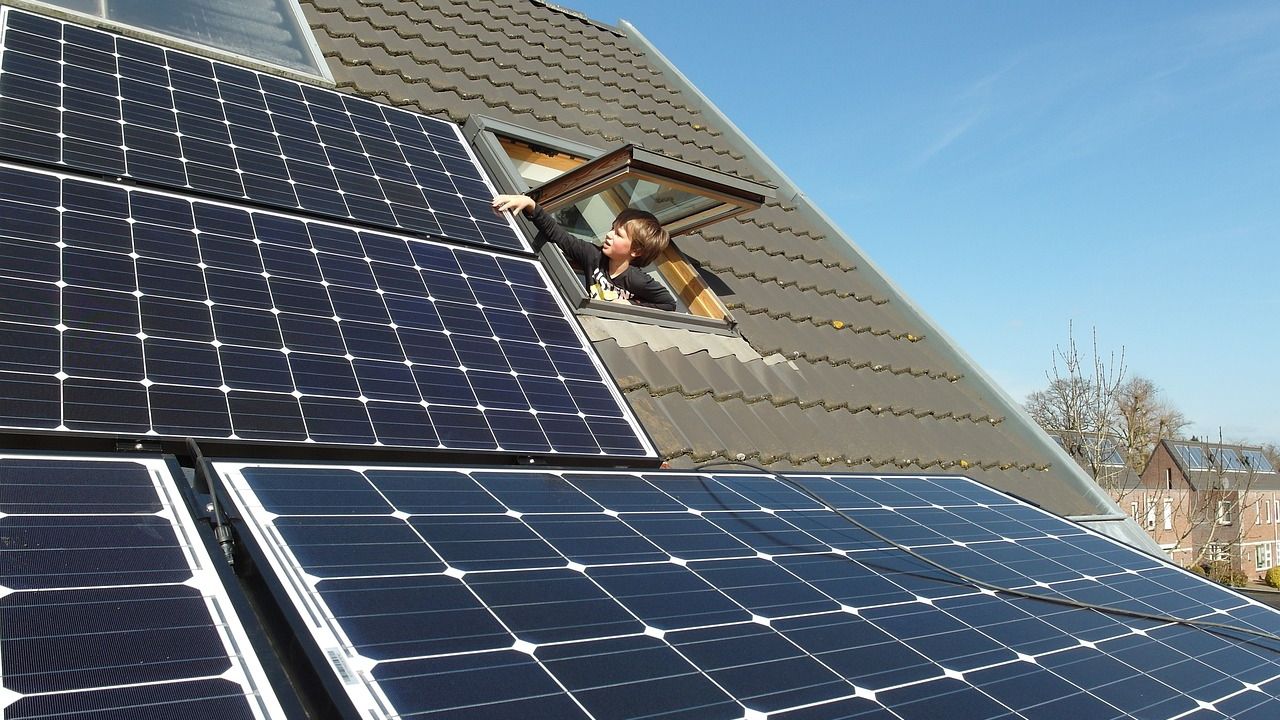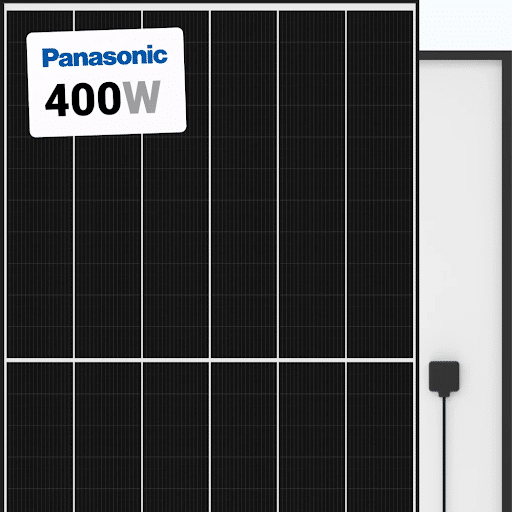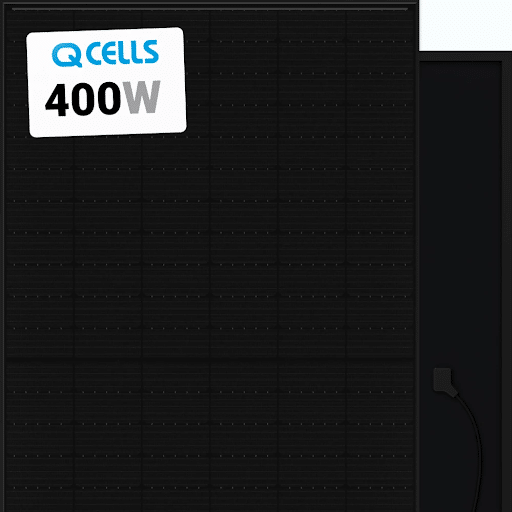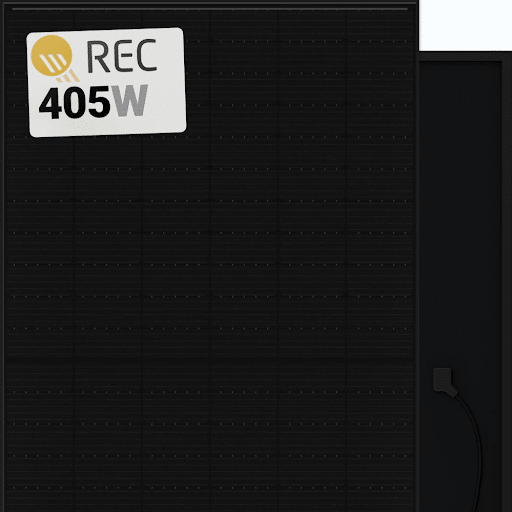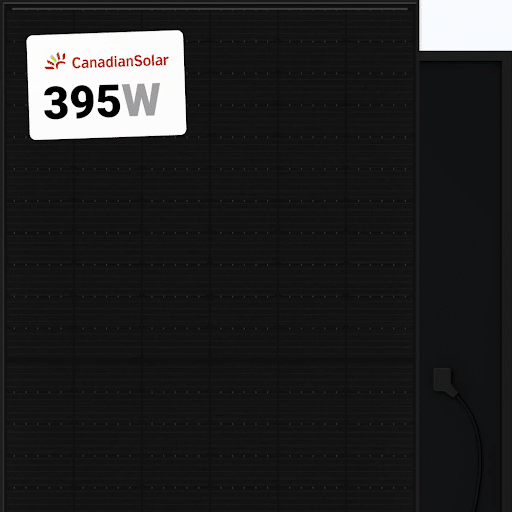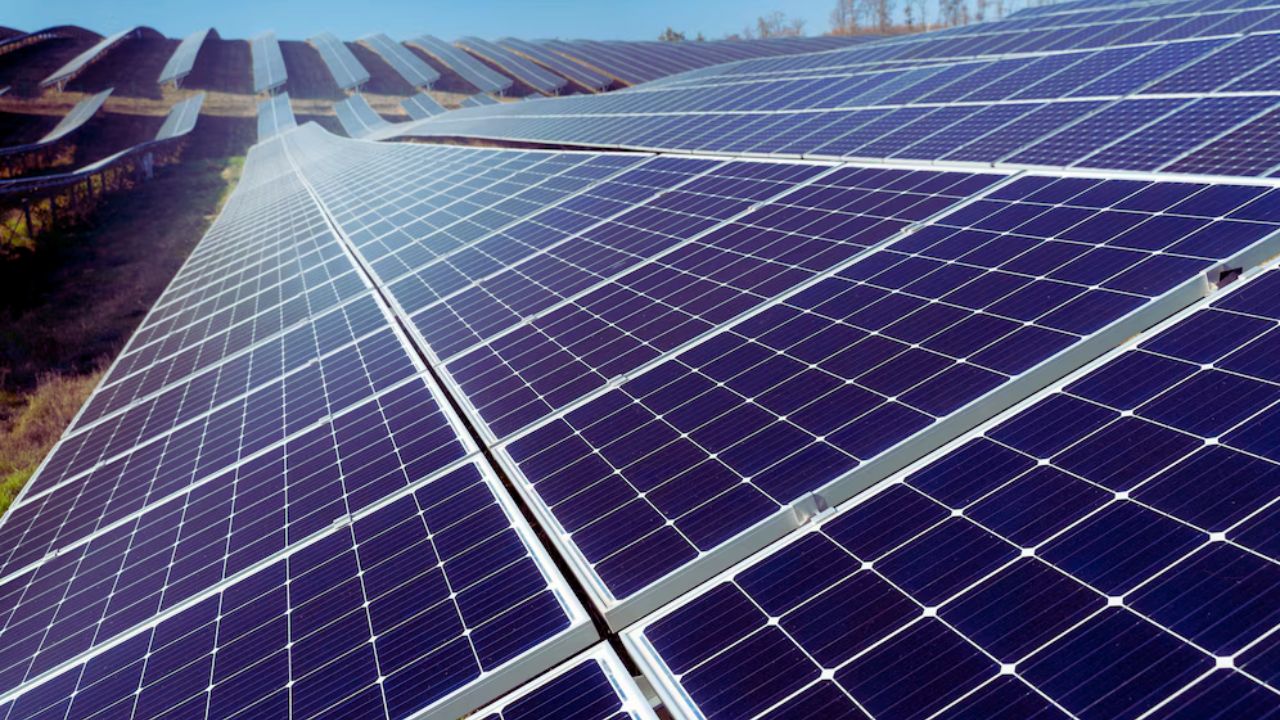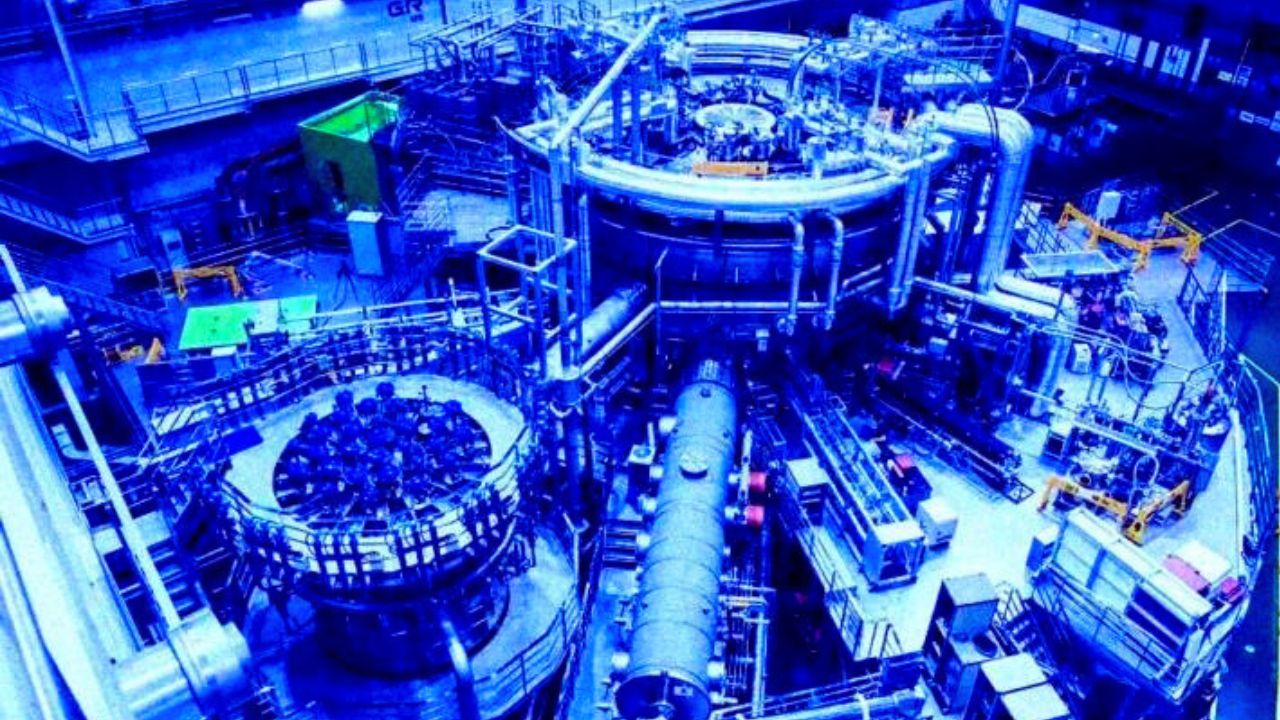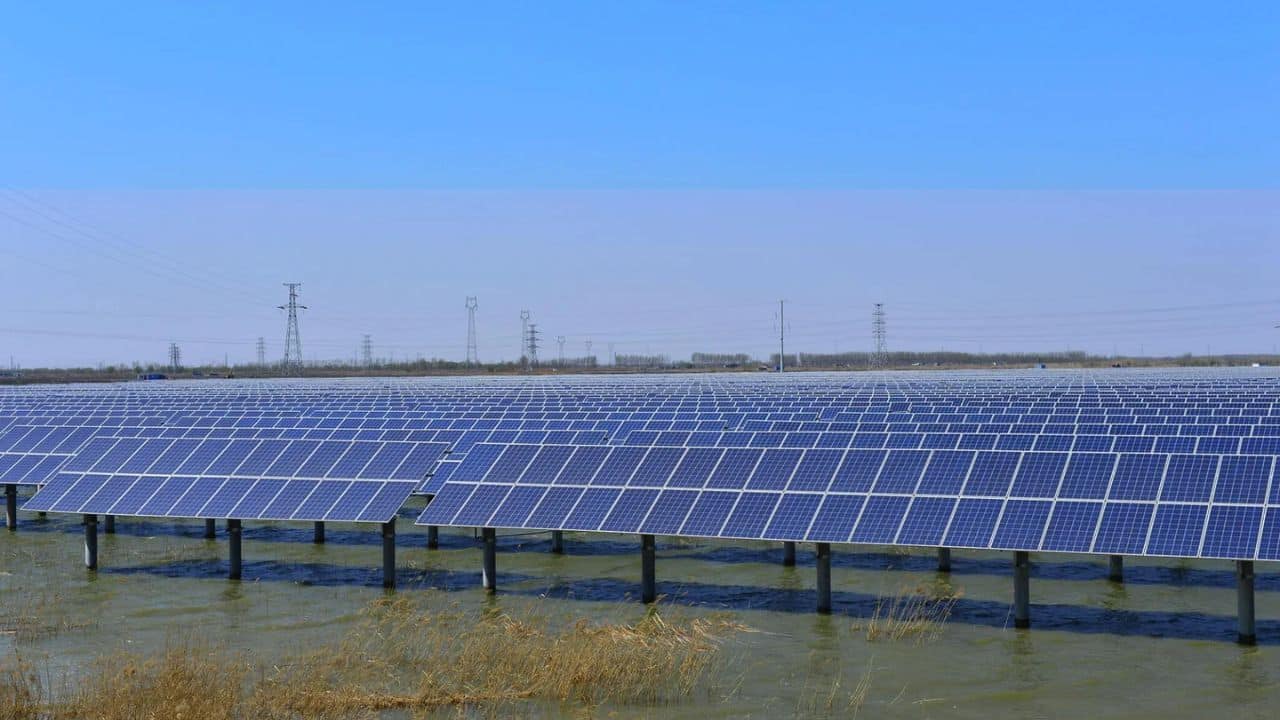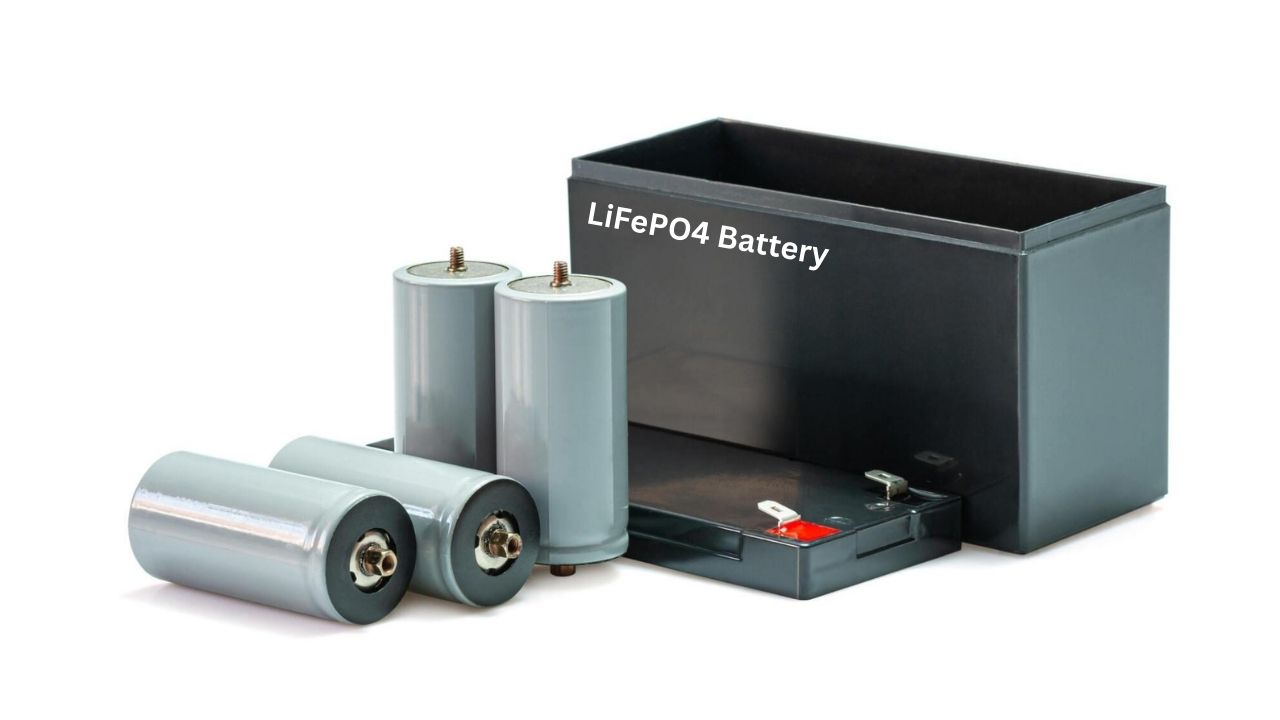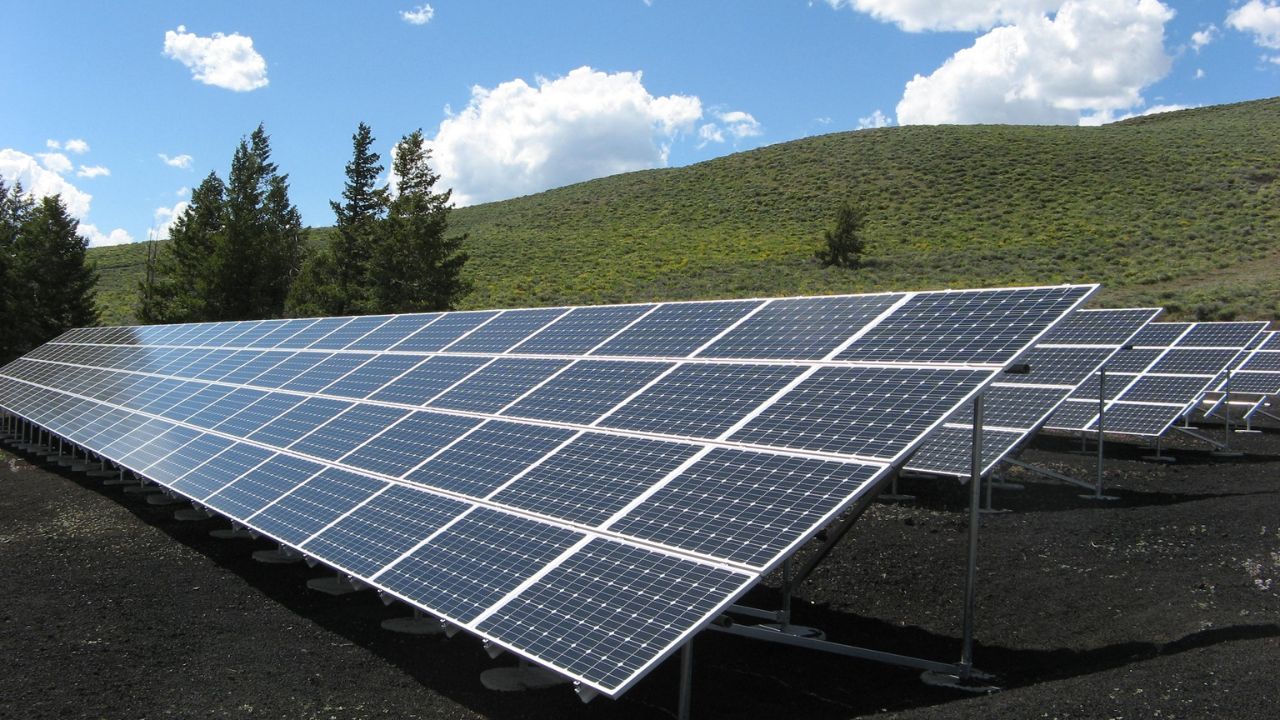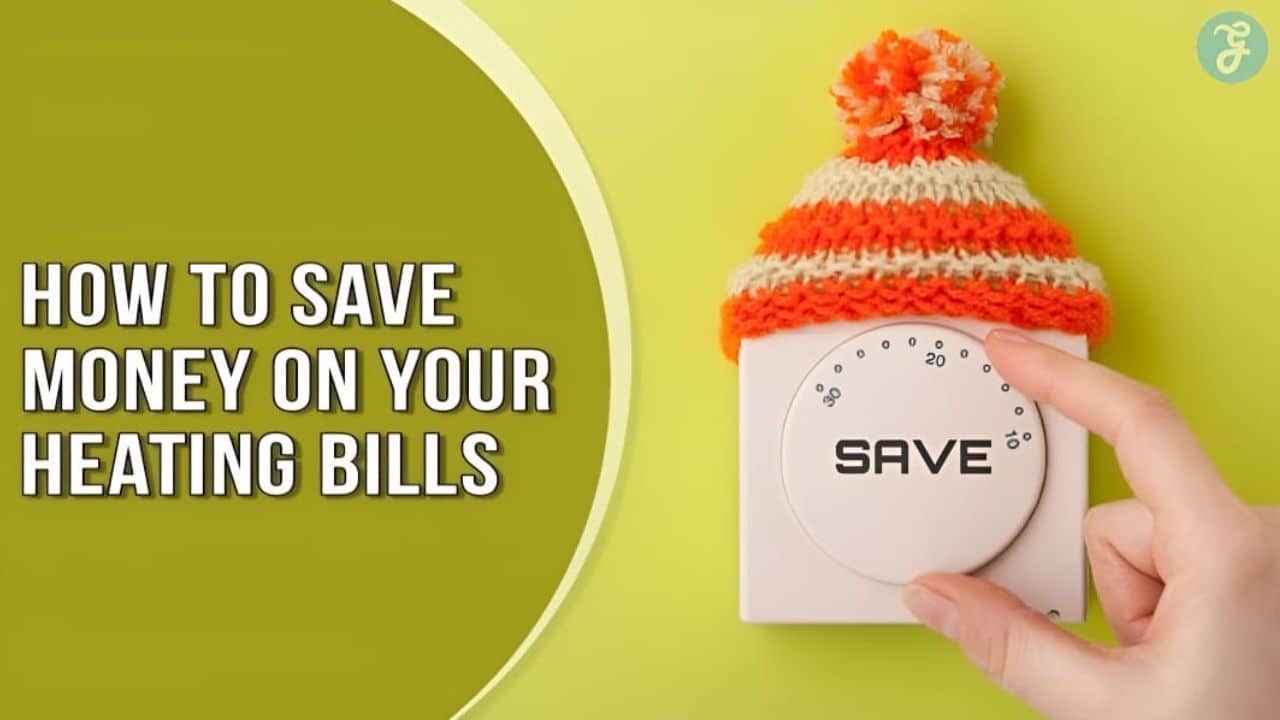With rising demand for renewables, new solar panel models, brands, and technologies are emerging on the market. To help you not get lost in all this variety, we have reviewed here the best residential solar panels, what determines their efficiency, and how to choose the perfect solar panels.
5 best Residential Solar Panels
While singling out the best solar panels can be challenging, we did it and here present the 5 best residential solar panels:
Solaria PowerXT-400R — Best looking
Boasting a striking appearance, Solaria’s solar panels demonstrate a 40% higher shading resistance due to distinctive shingled design. The PowerXT showcases a remarkable 20.5% efficiency and comes with comprehensive 25-year warranties covering both product and performance.
Panasonic Evervolt 400 W — Best for hot places
The Evervolt solar panel by Panasonic is the best choice for hot regions. Due to the heterojunction technology, the panel can tolerate high temperatures without losing power, and its efficiency reaches 21.6%, while the average varies from 19% to 20%. Besides, Panasonic offers a 25-year warranty for their products and ensures that the efficiency will remain at 92% or higher even after this period.
Q Cells Q.PEAK DUO ML-G10+ 400 W — Best selling
Q CELLS are favorites among our customers. And no wonder: The ML-G10+ model blends excellent specifications, outstanding quality and an affordable price. This panel works well in various weather conditions, looking good on any roof, and a 25-year warranty covers both the product and its performance.
REC Alpha Pure Black 405W — Best from Europe
The Norwegian company REC has created one of the most advanced solar panels available – the Alpha Pure Black. Amazing 21.9% efficiency, remarkable performance, and an elegant all-black look make this panel a perfect choice for any rooftop. The panel keeps 92% of its output even after 25 years of use and comes with a triple 25-year warranty covering product, performance and even labor if installed by a certified REC technician.
Canadian Solar HiKu Black 395 W — Best in bad weather
Canadian Solar panels are recognized for their high performance even on cloudy days. The half-cut cells enhance shading tolerance, and the all black cells, back sheet, and frame make the model look amazing on any roof. Canadian Solar provides an excellent 25-year warranty on both the product and performance. Compared to other panels on this list, 395W panels are among the most affordable ones.
How to use residential solar panels?
Residential solar panels can be broadly categorized into three main types of applications: on-grid, off-grid, and hybrid.
- On-grid application: On-grid solar systems, also known as grid-tied systems, are connected to the grid, allowing homeowners to feed excess electricity generated by their solar panels on sunny days to the grid for credits and draw it back during cloudy days or nighttime. On-grid systems are a popular choice for homeowners looking to save on electricity bills and even earn some money through net metering programs.
- Off-grid application: Off-grid solar systems function independently of the grid and are ideal for remote locations. Off-grid setups require batteries to store excess energy generated during sunny periods for use during periods of low or no sunlight. However, these systems often require careful planning and investment due to the need for battery storage and backup power solutions.
- Hybrid application: Hybrid solar systems combine the benefits of both on-grid and off-grid systems. These setups are connected to the grid but also have batteries, allowing homeowners to store excess energy generated during the day for use during nighttime or grid outages, ensuring continuous power supply.
What does the efficiency of residential solar panels depend on?
Efficiency denotes a panel’s capacity to convert sunlight into usable electricity, typically ranging from 13% to 23%. It depends on the following factors:
- Cell type: Solar panels come in three major cell technologies — monocrystalline, polycrystalline, and thin-film. Monocrystalline cells boast higher efficiency of 18–23% and better performance in low-light, while polycrystalline panels are about 3% less efficient yet 20–25% cheaper. Thin-film cells exhibit the lowest efficiency of 10–13% but offer flexibility and lightness, making them suitable for unconventional installations.
- Panel type: Bifacial panels, due to their rear side, can achieve efficiency over 27%, but only if they are set up correctly to maximize the reflectivity of a surface beneath.
- Technologies used: The technologies used in a panel like half-cut cells, PERC cells, and multibusbars, can significantly boost panel’s efficiency.
What should I look for when choosing residential solar panels?
Choosing the right solar panel is quite a challenging task. Here are crucial aspects to keep in mind:
- Warranty: Review the warranty and expected lifespan of the solar panels you’re considering. A longer warranty period shows the manufacturer’s confidence in the panel’s durability and performance.
- Efficiency: As mentioned earlier, the efficiency of solar panels determines their ability to convert sunlight into electricity. While highly efficient panels might come at a premium, they can lead to greater energy savings over time.
- Incentives and rebates: Research available incentives, tax credits, and rebates for solar installations in your region. These can significantly offset the initial investment and make going solar more attractive.
- Local climate: The amount of sunlight your location receives will impact how much energy your panels can generate. Consider your local climate when estimating potential energy yields.
- Certifications: Look for panels that meet industry standards and have relevant certifications, indicating their compliance with safety and quality regulations.


